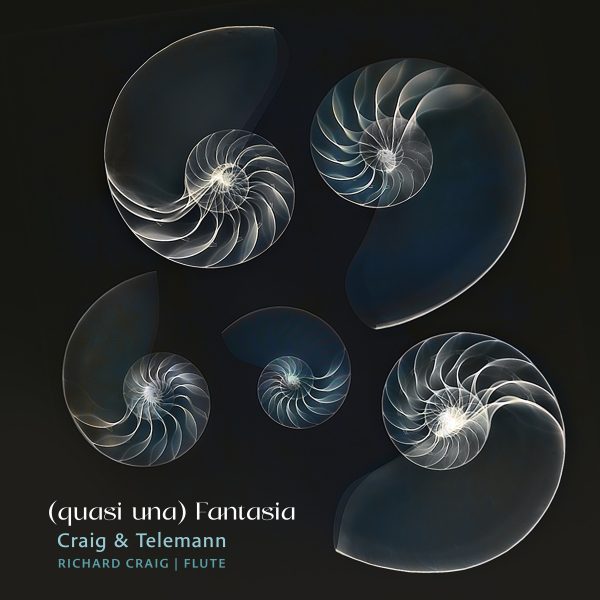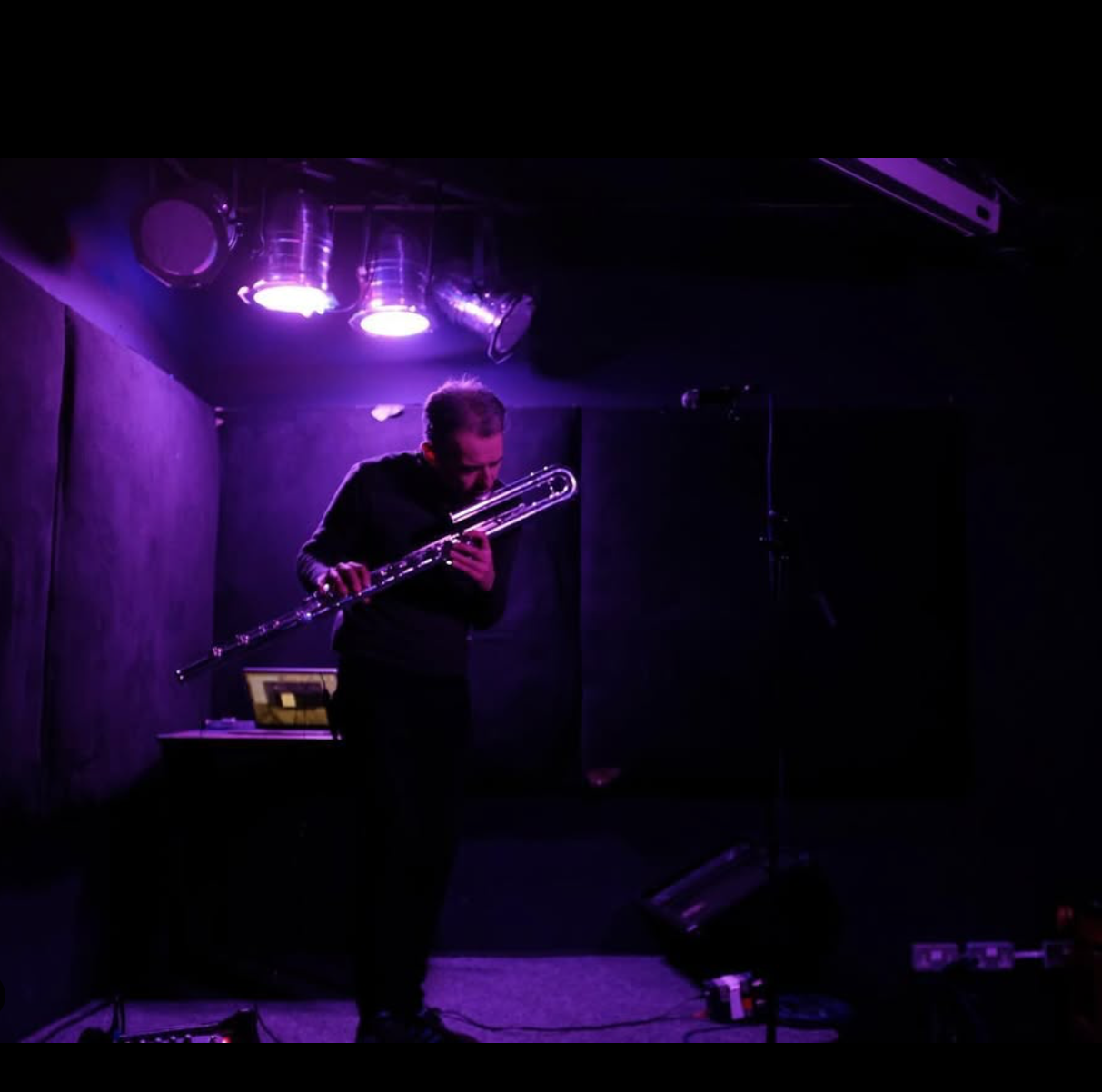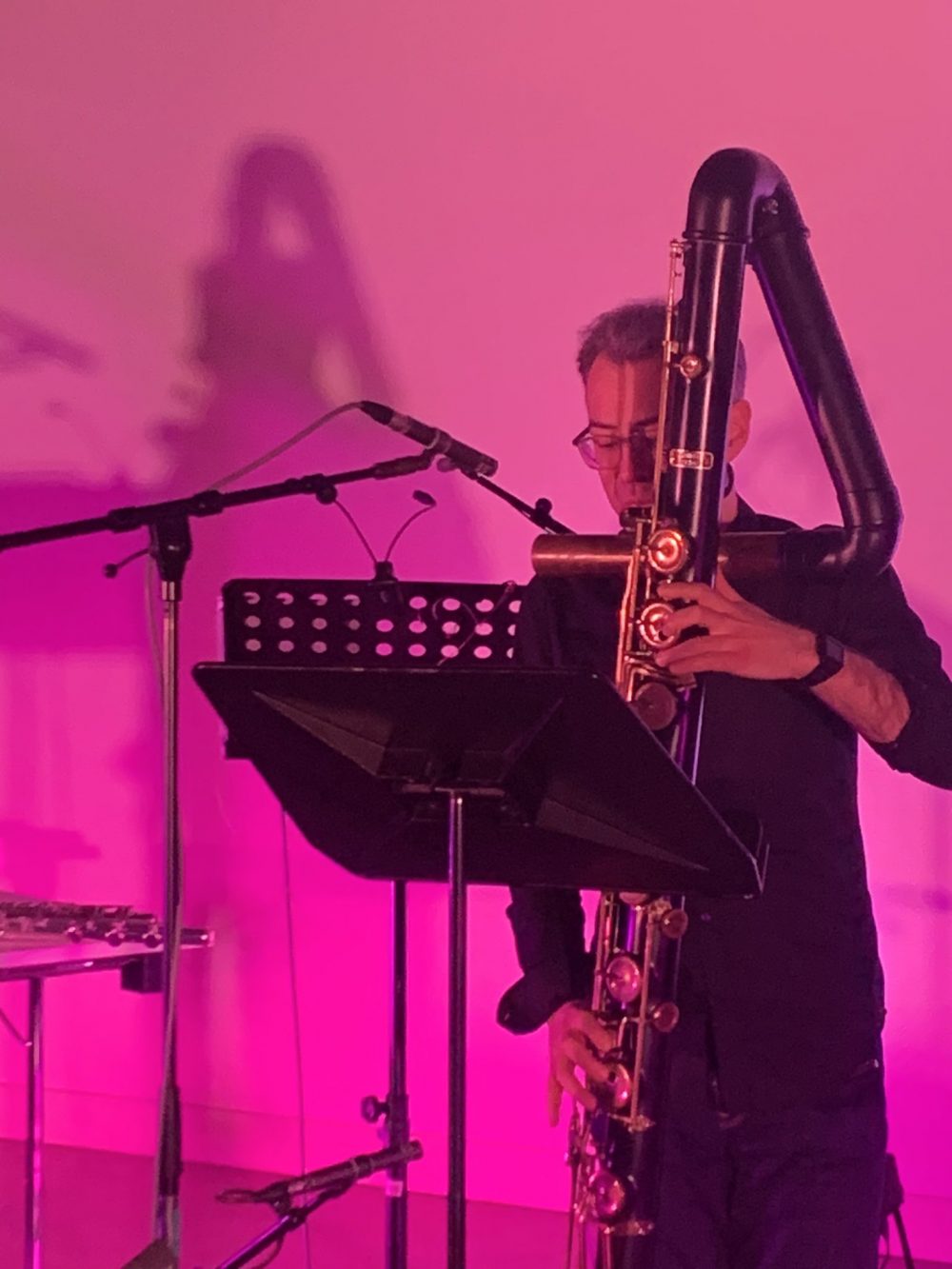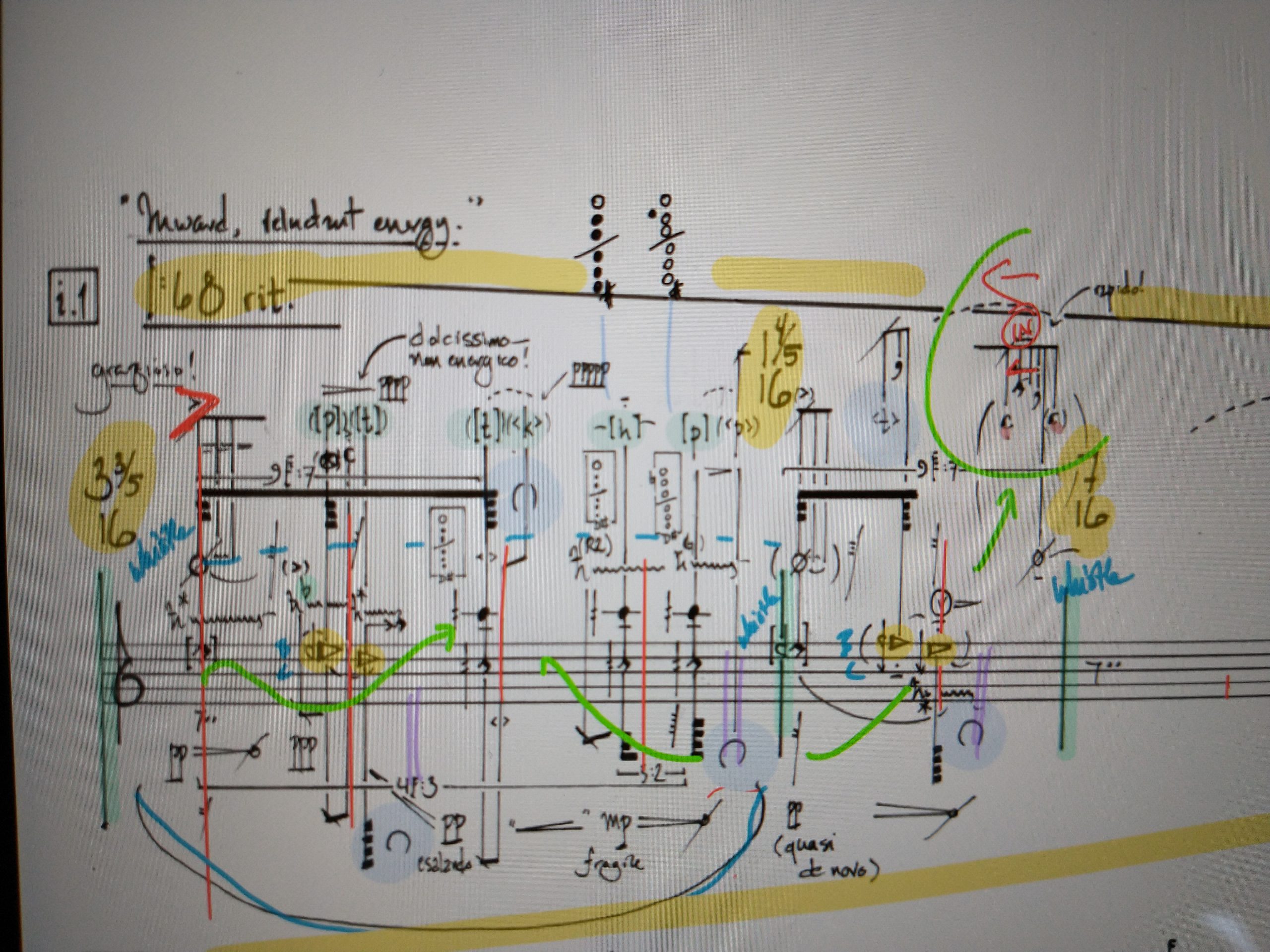“I have recorded nine of Telemann’s twelve Fantasias grouped here into four sets. I hear these groupings as Imaginary Sonatas – an exposition of a longer Fantasia form in which each set proliferates the next, and not necessarily in the conventional sense of key or temperament. In between my groupings I have placed my own works which are improvisations. They offer a contemporary perspective of the Baroque’s musical possibilities. They are my own fantasias: rather than guided by melodic lines: pleats, weaves and warps of musical ideas that have radiated from my work on the Telemann”
This extract is from the booklet that accompanies my new release (quasi una) Fantasia. Why have I leapt from playing the avant-garde to recording a disc of baroque music? My answer is that the cultural phenomenon we consider as the ‘Baroque’ was in fact a turbulent and experimental period in art history, and not as homogenous as we are lead to believe. Art of this time (architecture, sculpture and painting and music) was often labelled as bizarre, decadent and even licentious, and seemingly affected the viewer in a similar way. It is in fact ‘the sensation’, the instability or irregularity, of the Baroque, and its ability to stir the listener’s senses, by dint of the instrumental forces or the extravagance of its rhetoric, which became a hallmark of the music. This disc sets out to re-establish what the baroque was and could be today from the viewpoint of a contemporary musician.
‘Baroque’ derives from the word for an irregularly shaped pearl of the sort particularly prized by sixteenth- century jewellers: that is, something that was arresting in its unpredictable departures from regularity and norms.
Helen Hills, Rethinking the Baroque



